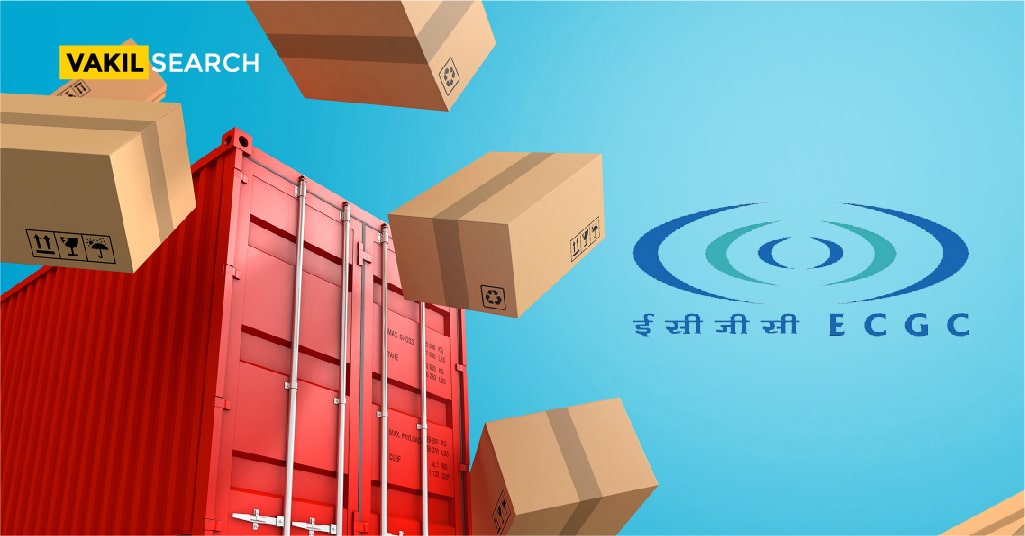Indian trade policies have undergone significant adjustments to Indian export organizations. Read this blog to learn more about the export federation and exim policy in India.
Overview
In this blog, we discuss the features of the Indian foreign trade policies by the Indian Export Organisation and EXIM Policy . To read about the same, please follow the course of this article.
Introduction to the Realm of Foreign Trade
All nations must import raw materials and finished goods from neighbours and trading partners to strengthen their economies; additionally, they must trade on excess resources produced on their home soil to raise the necessary funds.
If we refer to the chapters in History, we will see many nations used to impose heavy taxation to control the number of imports; however, the trend is different in the modern world. Countries today depend on one another and readily import goods, assessing the comparative costs of items and deciding which option best suits their commercial interests.
India’s need for economic growth led us to import many capital goods. The trade balance is now in a critical state owing to larger volumes of imports compared to the export ventures practiced throughout the nation.
Summary of Export-Import Performance in the last decade
Owing to increased volumes of FDIs or Foreign Direct Investment, the last decade has experienced a stable development in the overall traffic of Indian export when measured against the country’s GDP increment. This resulted in many new innovators appearing with their new ideas.
The country’s Federal Government formulated an EXIM policy at first in 2003, which redefined the parameters related to India’s overall export and import strategies. The export authority offered more transparency, thus gaining operational efficiency and credibility. Foreign investors reaped the benefit of this opportunity by spending more on the Indian market. This directly impacted the nation’s import export code graph between 2002 and 2007.
India’s Export-Import Policy – EXIM Policy
The Central Government of India updated the EXIM Policy in alternative five years. We learn about these modifications post-31st March of the concerned year. The proposed changes and corrections become applicable from the following financial year’s 1st April. The present EXIM policy aims to keep the percentage of exports limited to 12% for the fiscal year 2022-23. This will help create a moderate impact on foreign investors in the Indian market.
The Ministry of Commerce has attempted to simplify export techniques and reduce export duties. India aims to capture 2% of worldwide trade shares by FY23. To realize this goal, India must increase its export volume by a minimum of $40 bn in the upcoming 5 years.
The Government has put in some commendable efforts resulting in the country’s global share in commercial services export to an approximate figure of 3.5% through a stable procedure.
Things to Know About the Export Federation of India
The Export Federation of India, or the FIEO, is the apex institution coordinating export promotion organisations’ operations. The headquarters of FIEO is located in New Delhi.
The global market learns about the fiery spirit of Indian entrepreneurs due to the constant efforts put in by this body of governance. To learn about India’s export federation, we will briefly address its fundamental aspects.
Check Here to Learn More about: https://commerce.gov.in/about-us/export-promotion-councils/federation-of-indian-export-organisation/.
Indian Export Organization
The export promotion services dispensed by the Indian Export Organizations have been listed below for your quick reference:
- This governmental entity presents a weekly bulletin on its official platform to engage traders in conversations related to worldwide commercial developments. These events have long impacted international commerce and the nation’s overseas trade-oriented data.
- Indian Trade Platform even comes with virtual free services to distribute awareness regarding MFN Tariffs, SPS/TBT, Preferential Tariffs, detailed import insights of 87 nations, Regulations involving the Origin of 65 countries, and India’s overall engagement in the volume of imports.
- This council also offers two separate chat services. One can discover them on the Indian Export Organization web page. This tool is maintained to cater to queries related to the company’s legal stance, international agreement, arbitration, patents, technological transfer, brand management, trademarks, patents, and so on. Queries on predetermined standards are duly met.
- FIEO is responsible for kick-starting the FOREX facilities that incorporate forward rates, spot rates, FOREX matrix, forward calculator, Pivot points, Historical information, chart, currency source, and other related information.
- The website also answers your questions regarding press clippings on problems involving worldwide trade.
Indian Export Organization – Membership Specifications
All Indian exporters must secure an RCMC certificate to enjoy the perks of the country’s EXIM policy. Indian Foreign Trade Regulations have mandated this. However, the membership eligibility has been described as follows:
- To register under FIEO, the individual has to be a merchant, service provider or merchant cum manufacturer. In all cases, they are assumed to be involved in exporting goods. These people can achieve the RCMC certificate.
- If the export item is not included in one of the Export promotion Councils, RCMC is issued from the end of FIEO.
- The governing body registers authority for all service exporters, excluding 14 specific categories mentioned in our handbook of procedures. All multi-product exporters not in association with the Export Promotion Council must get the RCMC from FIEO as the venture’s mainline still needs to be settled.
Significance of the New EXIM Policy
The most recent EXIM policy statement from India provides a clear understanding of its commercial position on the global stage. This was achieved by conducting a detailed analysis of the Special Economic Zone (SEZ) scheme and by changing the geographical categorization of the country’s export products. These measures played a vital role in resolving past conflicts with the World Trade Organization (WTO) before the year 2019.
This new policy helped the Government reduce export incentives by replacing schemes like MEIS and SEIS with the solo plan of RoDTEP that offered an incentive structure of ₹12,454 crores.
The government’s new policy aims to prioritize the improvement of ports, local supply chains, and warehouses’ infrastructure. Currently, Indian cargo ships take approximately three full days to complete their turnaround period, whereas the global average is only 24 hours. This issue requires urgent attention and resolution.
Conclusion
The export-import policy of India (EXIM policy) has been proposed keeping in mind several areas of international business that need immediate redress. The goal is to provide concessions to Indian exporters, consolidate special export hubs, provide benefits to the computer hardware sector, design ways to boost agro exports and so on. You can follow our related topics to learn more about provisions undertaken by the Ministry of Commerce in India. To know more, you can keep a tab on Vakilsearch website, as we will keep updating you regarding the policies.
Also Read
- Import/Export Document Requirements In India
- Every Exporter Should Know This!
- IEC Renewal Process
- How to Easily Download and Print Your Online IEC










